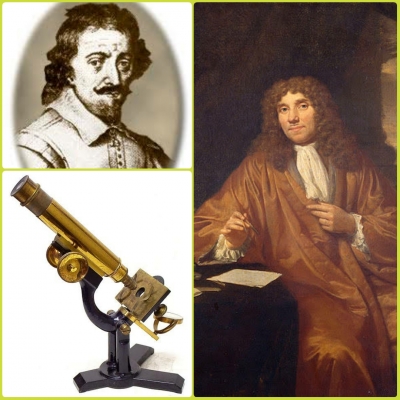
Throughout history humankind’s thirst for knowledge has led it to look further, deeper and closer at things. The microscope was invented as a means to discover the hidden world within our everyday world.
The first step towards building a compound microscope was made in the 1590’s by a father-son duo called Hans and Zacharias Janssen, who were glass makers from the Netherlands. They placed two different lenses at opposite ends of tubes to achieve a simple magnification.
In 1632, a Dutch scientist by the name of Anton van Leeuwenhoek developed a powerful lens and made his own single-lensed microscope that could see bacteria in a drop of water. He was also the first person to observe red blood cells.
In 1665, an Englishman named Robert Hooke used the microscope to observe objects such as corks and fleas and made accurate and detailed drawings of his observations in his book Micrographia. Hooke was the first person to coin the word ‘cell’.
The invention of the microscope was a huge turning point in science. Doctors now understood that most diseases were caused by microorganisms. This led to a whole new approach to diagnosis and disease prevention. With its invention, the field of medicine stepped out of the dark ages and into the modern era. With advanced technology like the electron microscope of today scientists are able to observe even sub microscopic viruses. This helps in the development of vaccines and antibiotics to cure diseases ranging from tuberculosis to coronavirus.
Picture Credit : Google




